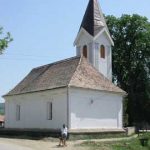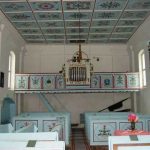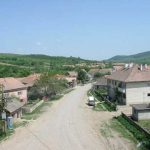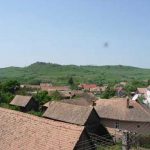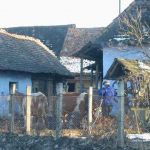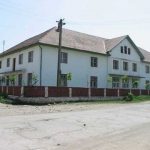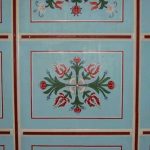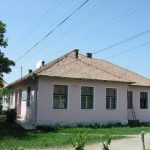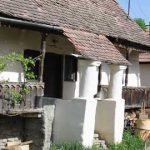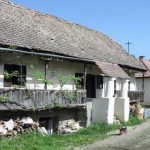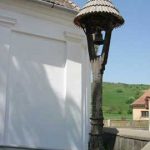- Introduction of the village
Cobacesti lies where the Nyiko and the Konyha stream flow into each other at a height of 470-480 meters. It is the most important settlement besides the Nyiko. The village lies besides the 136B county road on a length of 1.5 kilometers. Going north to its center we find Tarcesti and Ceheteni, going forward on the county road in the valley of the Nyiko we find Cadaciu Mare and Cadaciu Mic.
- Demographical dates
The village has 416 inhabitants, 414 of them Hungarians, 2 Romanians. The dominant religion is Unitarian, 382 persons, but there are Reformed (10), Orthodox (2), Roman Catholics (13), and some having other religions, too (9). ( dates from 2002)
- Touristic sights
The mud volcanoes that were working until the 80’s and the church from the village are worth seen.
In the Middle Ages the village hadn’t a church of its own, it belonged to Nicolesti. The Unitarian church from our days was built in 1843 and it became Cobacesti’s own church in 1959. At the turn of the century a new tower and a new bell was put in the church.
- Culture in the village
Before 1884 the children went to school to Nicolesti. In that year a school was built in the village. The actual school was built in 1962-63 and in 1993 it took up the name of Galfi Sandor, who was fellow gatherer of Kriza Janos famous folk-poetry gatherer.
Cultural life was lively in the village especially between the two World Wars when Andras Albert and Andras Iren organized different cultural groups. There used to be a folk music band in the leadership of Pap Tamas.
Today cultural life is restricted to harvest balls, and the carnival when there are different performances, too.
- Famous people born in the village
- Gálfi Sándor gathered Szekely folk ballads
- Gálfi Mihály (died in 1850) matryr murdered in 1850
- Péter Lajos (1859-1908) high school teacher in Cristuru-Secuiesc
- Pap Ferenc (1931- ) carver of Szekely gates and wooden headbords
- Nyitrai Németh Csongor minister, who since 1994 has done a lot in order to rebuild the church
- Fellowship connections
The Unitarian community has fellowship connections with the community from Vancouver , Canada called “Bacon Street Vancouver”.
- Photogallery

